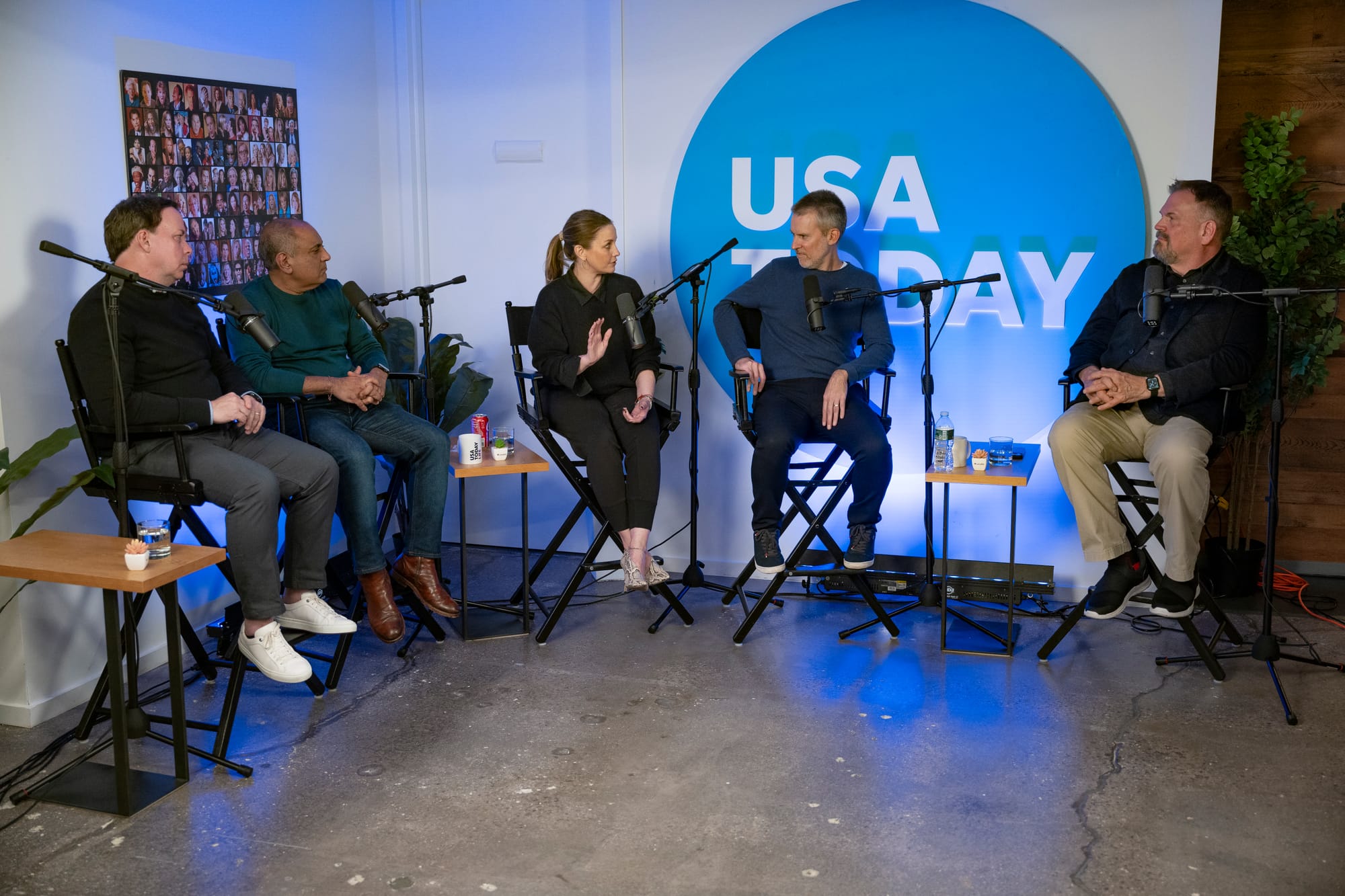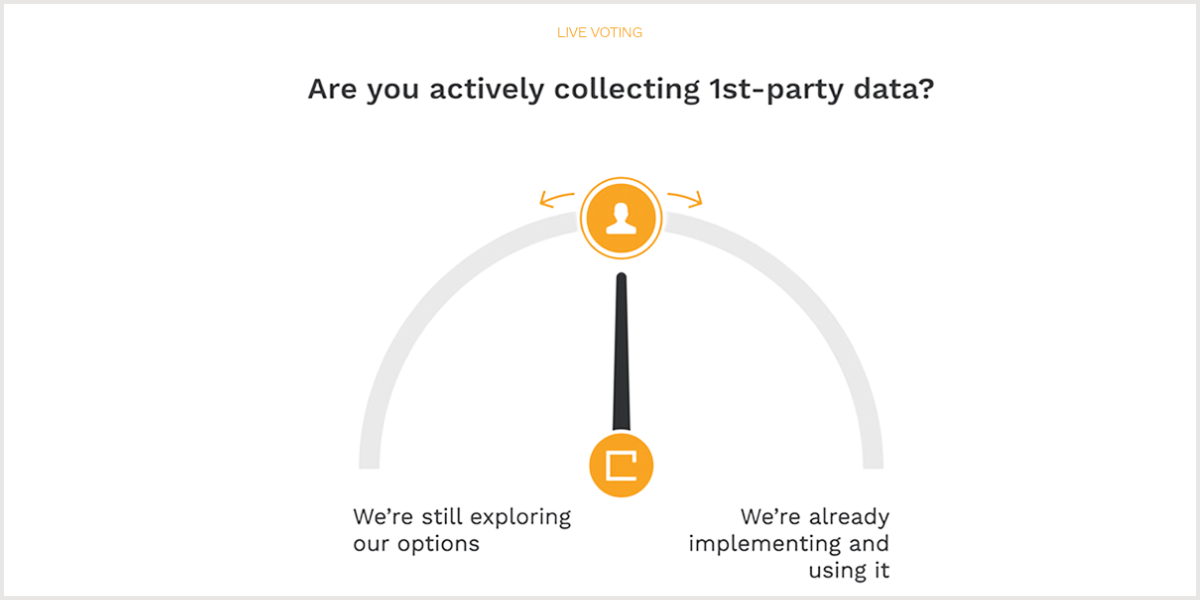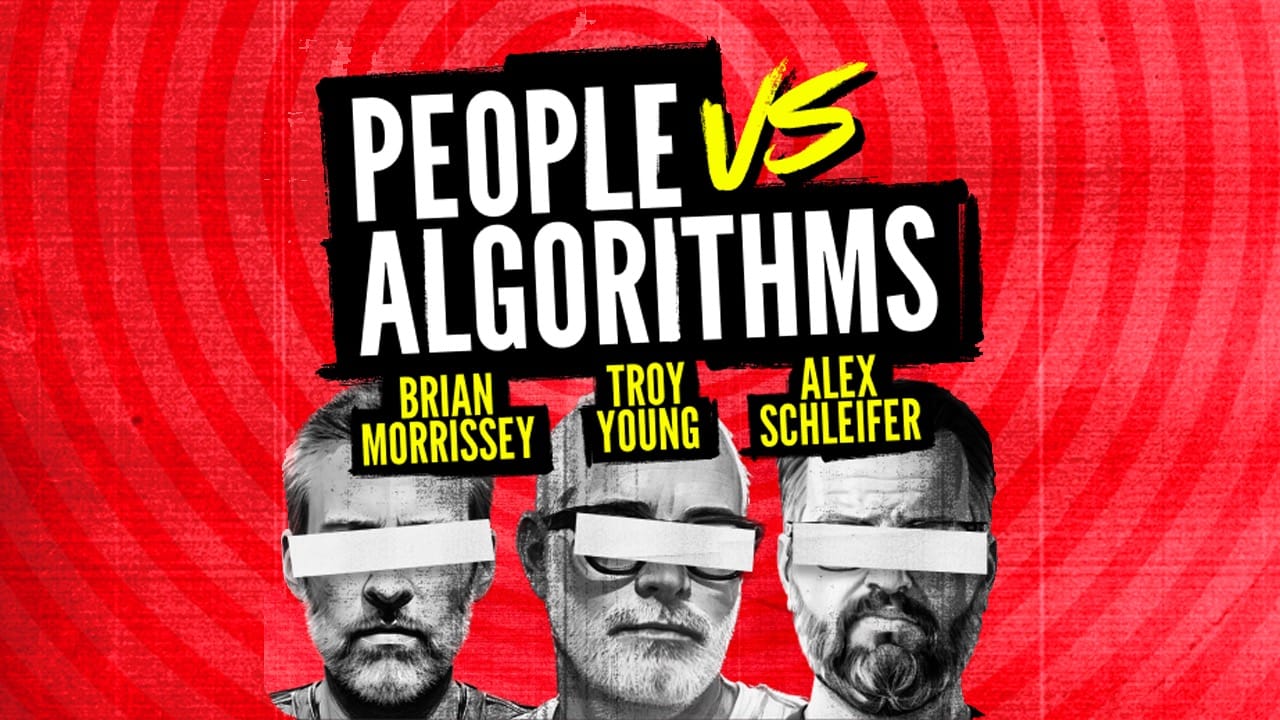Reinventing the article page
The atomic unit of news needs a refresh

Thanks to everyone who came out to The Rebooting’s first live podcast event at Gannett | USA Today. The podcast will be published on Tuesday. Thanks to the entire Gannett team for partnering with us to make this happen.

Tonight, we’re holding the PvA Holiday Extravaganza in NYC. This is the final in-person event of the year. We did over 20 this year, between dinners, two New Growth Agenda events, the Media Product Forum and podcast events in NYC and Cannes, and a cocktail party at a French surf cantina. We’ll be doing more events in 2025, including a new breakfast roundtable series. Get in touch about partnership opportunities by hitting reply or emailing me at bmorrissey@therebooting.com or Elaine Mershon at elaine@therebooting.com.

Unlock audience insights that drive revenue

First-party data is no longer optional—it's the backbone of successful ad strategies. Publishers need actionable audience insights to boost engagement and grow ad revenue.
How Daily Mail Ireland (DMG) did it:
By using Opinary’s in-article polls, DMG collected user-declared data and channeled it into their DMP, Permutive. This not only increased engagement but also drove higher CTRs and CPMs, building stronger advertiser relationships along the way.
Hear directly from Doug Farrell, DMG’s group head of digital advertising strategy, on how 1st-party Data transformed their approach.
Rethinking the article page
The atomic unit of web publishing has been the webpage. For news publishers, that was a neat transition to port over articles from newspapers and magazines. In fact, the web adopted mimicked the approaches of traditional media in layout of pages. For a time, publishers even relied on pagination that acted as the digital equivalent of “the jump” to hunt for the rest of an article on A7. (It’s a small miracle of that time that people wouldn’t be distracted in the quest to continue a sentence.)
The article page on the web has been mostly a failure. The mimicking of newspaper and print advertising by surrounding content with skyscrapers and banners led to a cluttered mess. The incentives of publishers were always to see how much mayonnaise they could put on the sandwich before people complained. UX horror shows ensued.
There’s been little change in the architecture of publishing. Much of that is because the page structure is often dictated by what Google wants. As a longtime complainer about the jump-to-recipe button’s existence, I recognize publishers are simply responding to the incentives of Google.
Publishers have a raft of challenges facing them on several fronts. But one consistent in my conversations with executives is the shift to serving the needs of the audience first. Facebook has moved on from news, and Google is less reliable as a traffic source than ever. I’ve never seen the level of frustration with Google as I’ve seen lately, as publishers are open with the constant shifts Google makes that are usually detrimental to those downstream of Google.
That means starting with the essential question of what to make. And it inevitably leads to a rethinking of the article page. I give Time a lot of credit for using its Person of the Year franchise today to roll out a twist of the article page that, yes, uses AI tooling to create a more flexible and innovative experience. Readers can listen to the article naming Trump as Person of the Year translated in different languages, get a shorter version, read all 10,000 words or instead query a chatbot using text or voice.
At the Los Angeles Times, owner Patrick Soon-Shiong is promising an AI “bias meter” on articles that will assess the article for bias. Staffers are not impressed by the idea of an AI bot flagging their work as biased. The tool is expected to roll out in the New Year.
Every has an interesting approach with its “extendable articles” that augment the typical article page with a chatbot that not only allows readers to query the finished product but also the raw materials that went into producing the article, including transcripts of interviews and documents used in research.
This is critical in making news more transparent. Bias often is an act of omission. The raw material used to produce articles is critical. Too often, news organizations get caught up on labeling – news, analysis, opinion – which while important, isn’t at the product level. For instance, I don’t think the editorial board is worth saving. The idea of an institutional opinion is completely outdated.
All these experiments are laudable. A key downstream impact of AI tools like Perplexity and ChatGPT is they will reset expectations in the same way Amazon’s next-day delivery reset shopping expectations. That said, publishers are always at the mercy of those who exert distribution control. Google can dictate how their pages are structured, and browsers control the interface. Look at what Google is doing with an agentic Chrome, which will accomplish tasks within the browser, and it’s not hard to see how browsers jacked up on AI will exert this control over the article page. My guess is that when we discuss this topic on PvA today, Alex will compare it to tidying the stables while the UFOs are taking over the skies of New Jersey.

Headed to CES?
EX.CO will be at CES to give publishers a sneak peek of what they have in store for 2025. From innovations in CTV and DOOH to online video platform enhancements, you won’t want to miss an opportunity to talk to their team of video experts. Request a meeting.

We are kicking off a new experiment with People vs Algorithms by publishing a newsletter companion to the podcast conversation. Each week, we’ll share background information on the show’s topics and our viewpoints about why they’re important as we look to connect the dots of where the Information Space is going. Check it out.
Thanks for reading. I’ll be publishing the last issues of the year next week before a break for the end of the year.




